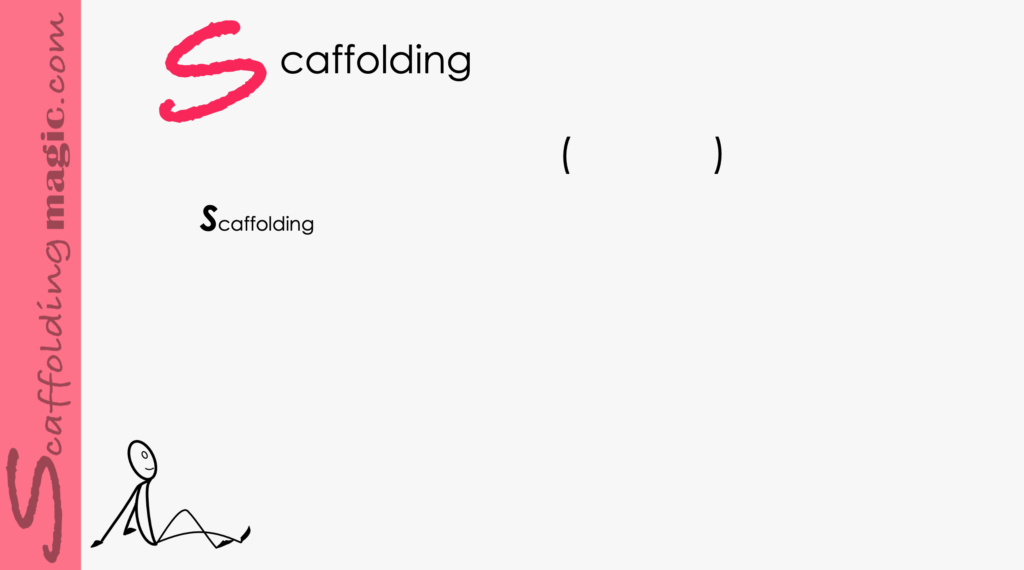You caught a beauty!!!
Download PDF of scaffold here.
Make learning visible by challenging students to find the distinctions between the images in two montages. Studies show that giving pre-schoolers the opportunity to learn how to discern what differs is just as important as them learning what is similar when meeting new phenomena. We can help them to develop that skill through this scaffolding technique. We choose an overriding image from a subject we’re about to begin with our students, make a duplicate of it, manipulate the images on the duplicate copy, and then give our students both. Model a few sentences for them so they understand the activity, and then they work together to find and verbalise the differences, using as advanced vocabulary, terms and phrases as you can encourage them to use. We go from pair to pair encouraging them to see details they might not have seen otherwise.
In the scaffold below, we accede to John Hattie’s research on teachers’ expectations of our students. The higher our expectations are of our students’ achievements, the more they will achieve. Since Maisy books and videos are very popular with pre-schoolers, here is a scaffold that covers six of them at once: instead of just one image being manipulated, the scaffold shown here presents six book covers. In the manipulated duplicate, not only the covers change place on the page, but the details in each book cover are switched around as well. Dare to challenge your young students!
Step By Step: Clil Pop Up Images
- Choose an image from a topic you’re about to begin.
- Duplicate the image. clil pop up images
- Scan the images from the original and then copy and paste them into the duplicate in different places.
- Give each pair of students copies of the original and manipulated images. Model sentences for them and review the vocabulary.
- Pairs work together to identify the differences, using the language you’ve made available to them.
- You go from pair to pair helping them find differences they might not have found on their own.
- Begin the unit.

Original And Manipulated Images
Example Of Sentences Created By A Pair Of Students: Clil Pop Up Images
Student 1: Top photo: In the upper left, Maisy is going to the moon.
Student 2: Bottom photo: In the upper left, Maisy is going on holidy.
Teacher: What else is different in the picture of Maisy going to the moon?
Student 1: In the top photo, the moon is above the rocket.
Student 2: In the bottom photo, the teddy bear is above the rocket.

(Watch the video on the left for a further explanation of the scaffolding technique.)


Scaffoldingmagic.com is your entryway into DYNAMIC bilingual learning methodologies, such as Phenomenon-Based Learning, CLIL, EMI, and ESL. You’ll find ways to implement critical thinking tools (DOK) to promote higher level thinking, the growth mindset, instill an ethic of excellence, deep reflection on learning, and all through multi-cultural, interdisciplinary activities. We have the keys to turning competences into action and to creating collective efficacy in your school so you move ahead as a unified, enthusiastic team.



